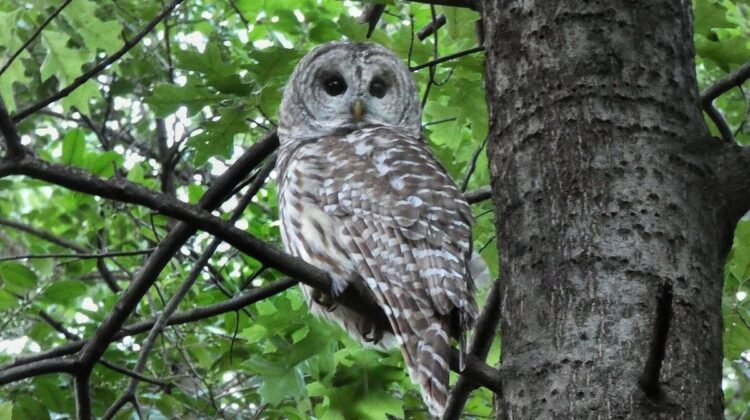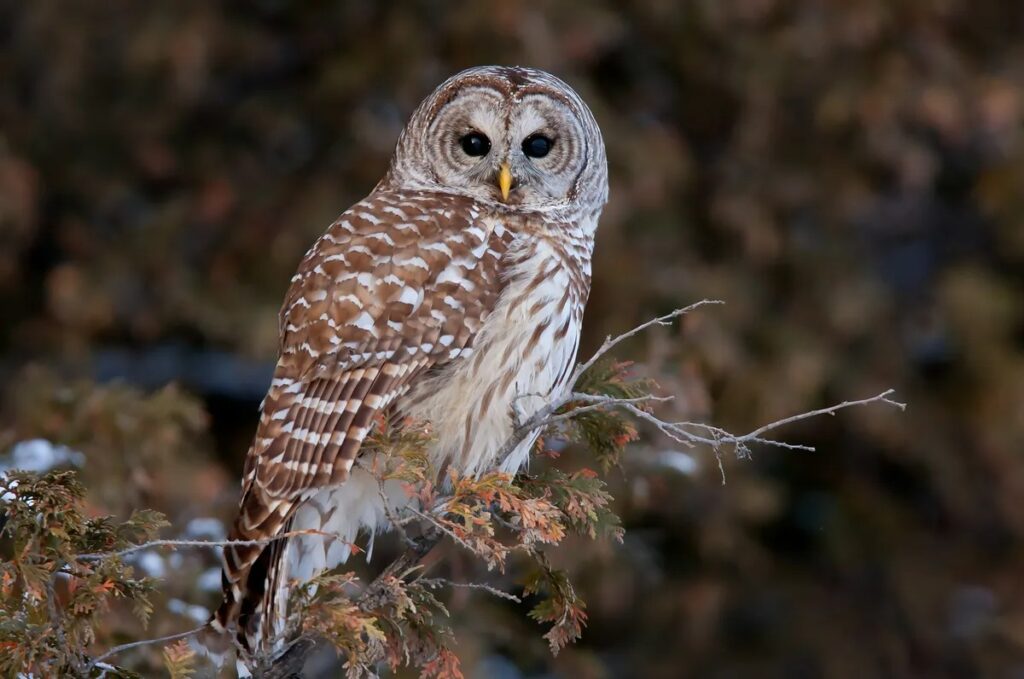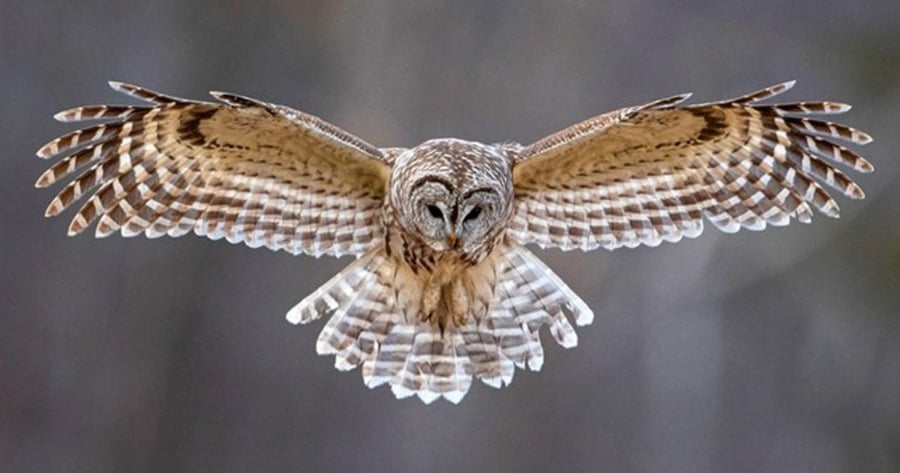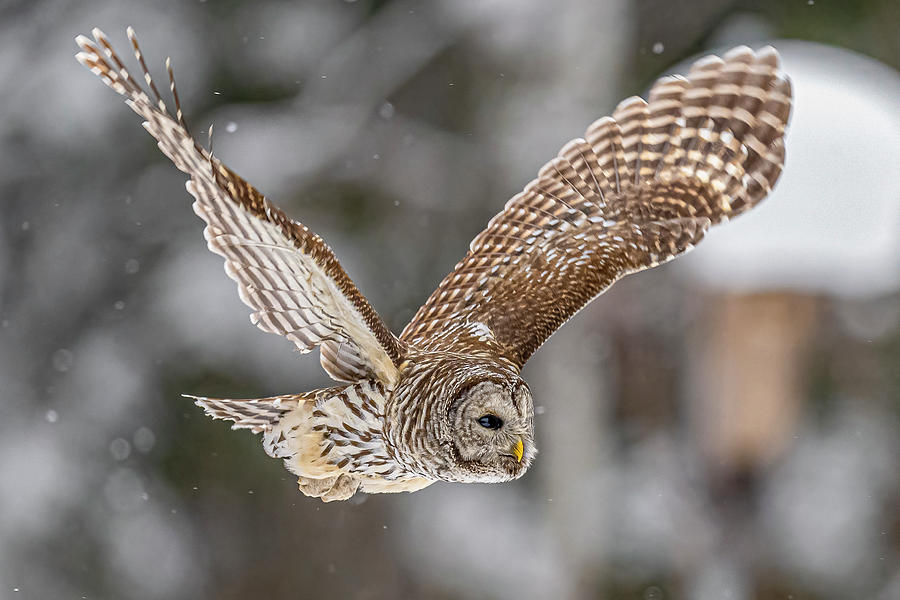
In a bid to address concerns over the survival of native owl species along the West Coast, the US Fish and Wildlife Service (USFWS) has put forth a draft proposal aiming to cull approximately half a million barred owls over the span of three decades. This initiative targets a species that the government deems invasive to the ecosystems of three Western states.
Barred owls, typically found along the Eastern coast of North America, have progressively extended their range to the Western coast over the past century. According to the USFWS, their encroachment poses a significant threat to two native species in the West: the northern spotted owl, listed as threatened under the Endangered Species Act, and the declining California spotted owl.
The adaptable nature of barred owls, coupled with their capacity to thrive in various forested habitats and prey on a wide range of species, presents a challenge to the other two owl species, albeit deforestation also contributes to their struggles.

Image credit: Jim Cumming/Shutterstock.com
A draft impact statement released by the USFWS in November 2023 outlined the proposed plan, emphasizing the removal of over 470,000 barred owls using firearms over a 30-year period. Under this plan, approximately 90 percent of the barred owl population in designated areas would be targeted for removal annually.
The primary objective, as stated in the impact statement, is to diminish barred owl populations to enhance the survival and recovery of northern spotted owls while preventing declines in California spotted owls due to barred owl competition.
Nevertheless, the proposed plan has triggered substantial opposition from animal advocacy groups. A joint letter signed by 75 such groups and addressed to Secretary of the Interior Deborah Haaland condemned the plan as “reckless” and called for its abandonment.

The letter highlights potential adverse impacts, including disruptions to wildlife habitats, unintended killings of native owl species (including spotted owls), and environmental contamination from lead poisoning.
However, not all animal advocates align with this perspective. Tom Wheeler, executive director of the Environmental Protection Information Center, offered a differing view, arguing that the conclusions drawn by the opposing groups are detached from the actual proposal.
Wheeler pointed out measures within the plan, such as the use of non-lead ammunition to prevent lead poisoning and protocols to minimize the accidental killing of non-target species through employing trained personnel.

“We have a functional choice, which is the extinction of one species, or we could have both species continue to exist on the landscape,” Wheeler emphasized.
As of now, the proposal remains in its draft stage, with public comments closed as of January. The ultimate fate of all three owl species remains uncertain until a comprehensive proposal is finalized and implemented. Until then, the future of these iconic creatures hangs in the balance, awaiting a resolution to this contentious issue.

Leave a Reply